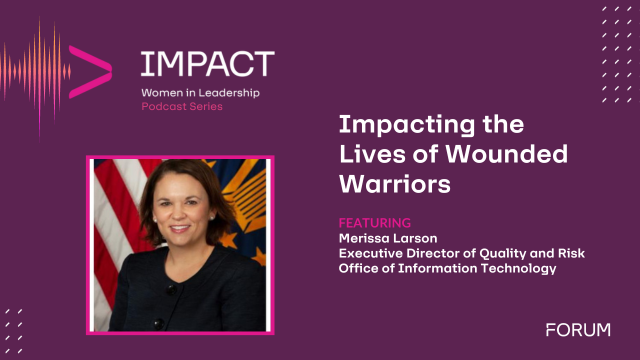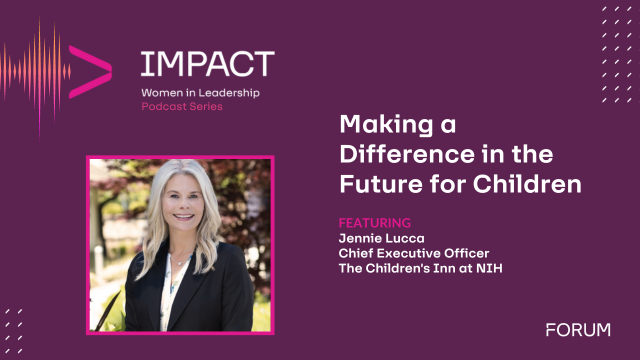By Brian Hebbel, Former CMS Senior Federal Acquisition Official
Many articles related to Artificial Intelligence (AI) and Robotics Process Automation (RPA) continue to pile up in both my computer and in hard copy in my office. In fact, over the summer, the Wall Street Journal created a whole weekend supplement section dedicated to AI. The OMB released a Memorandum on August 27, 2018 titled Shifting From Low-Value to High-Value Work supporting the use of AI. Industry representatives are attending meetings to determine how AI/RPA will impact their business. However, my viewpoint of AI/ RPA in Federal contracting is, “There’s a whole lot going on, but not much is happening.”
 We all know that AI/RPA is going to have an impact on us in the future. It is being used by commercial organizations effectively, but sparingly by Federal agencies. The “Big Data” revolution has matured. IBM’s Watson has more data in one system than has ever been collected in the history of mankind. What do we do with all of the data contained in Federal systems? How can that data result in the efficient and effective delivery of Government services?
We all know that AI/RPA is going to have an impact on us in the future. It is being used by commercial organizations effectively, but sparingly by Federal agencies. The “Big Data” revolution has matured. IBM’s Watson has more data in one system than has ever been collected in the history of mankind. What do we do with all of the data contained in Federal systems? How can that data result in the efficient and effective delivery of Government services?
I don’t have the answer to this big question. However, as a Federal Government contracting official with more than 34 years of expertise, now retired and working on the “outside” for one year, I’m going to share my recent experience with AI/RPA and what I think Federal contractors need to do to support the Government’s thirst for AI/RPA.
Step #1: Determine AI/RPA Use Cases
There is a lot of chatter regarding Government AI/RPA use cases. Contractors need to brainstorm and develop use cases for Government before putting their toes into this water. However, this is hard to do without collaboration with agency personnel who are often unfamiliar with AI/RPA and therefore have a difficult time applying the technology to solving specific problems or saving money. It is not easy to determine use cases, but it is the most productive way for industry to intervene, especially if these are aimed at a specific agency challenge. Keep in mind that sometimes a ‘low hanging fruit’ opportunity can provide the base for future opportunities.
Step #2: Get Access to Government Processes
Once you’ve found a use case, you need access to the Federal processes that are employed to complete the work. Federal agencies have defined processes and associated data, but allowing industry access to build an AI/RPA tool can be problematic as both are often buried into systems for which access is only granted to a few. Officials may not even know the steps and processes because they are part of legacy systems that have remained unchanged for years and the processes are buried in the systems.
Currently, the Federal Government does not appear to be buying solutions, but does appear to be buying bodies from large integrators to access how and where AI/RPA can be used. Money isn’t being saved and it doesn’t appear that many problems have been solved using this approach. Federal contractors, for their part, appear to be sitting on the fence waiting to see what happens next, rather than developing AI/RPA outcome-based solutions that can be marketed directly to agencies.
The Federal contractor community needs to be the driving force to encourage change by building AI/RPA around use cases where the steps have access to the Government processes.
Step #3: Build AI/RPA Models Based On Your Use Cases Using Information Available to You
There are a few contractors in the Federal space that are the “leaders” in AI. However, as stated earlier, it doesn’t appear that much is happening on a larger scale. At Federal agencies, there are thousands of waiting to be solved. There are thousands of ways to help agencies save money. The ideal situation is to work closely with an agency to access information about related processes.
However, agency representatives are generally too busy running the agency and don’t often have the time or resources to fully comprehend what information can be released to your company or how AI/RPA can help them.
The challenge for industry is to not ask Government for a problem to solve, but to bring AI/RPA developed scalable solutions, driven by information available to you, to the Government. By bringing a solution, perhaps even to a problem they did not know existed, you may find officials more willing to meet to hear your solution.
Step #4: Develop A Marketing Strategy
When it comes to marketing and selling AI/RPA in the Federal space, contractors must develop a marketing strategy prior to engaging. If you can help an agency solve a problem, save money, educate them about information technology or trends in your area of expertise, they will often be willing to engage your company, regardless of existing history with the agency. If Federal contractors are serious about moving into and winning contracts in the AI/RPA space, they need to think differently about why and how they engage.
Immediate value can often be achieved by delivering use cases that will eliminate repetitive tasks that often require access to multiple systems. If you can eliminate hours of work, thereby freeing up the Federal official to perform more detailed meaningful work, this will yield significant marketing benefits for your use case.
Step #5: Build Trust
Ideally, AI/RPA solutions require the contractor to work side-by side with the Federal program manager. However, if you develop an AI/RPA solution on our own time and your own dime, an agency will see your
passion and you, in turn, may develop a trusted relationship. If you can develop trust, they may provide additional use cases and defined processes, that could present opportunities to market your AI/RPA solutions to other agencies.
The U.S. Digital Service has encouraged the use of creative acquisition techniques, including having contractors develop cell phone apps as part of the source selection process. Contractors also need to be creative in terms of how they decide to break into the AI/RPA field. I’m sure creative acquisition techniques similar to those used by the USDS will be used in the future to procure AI/RPA services/solutions.
Just like the changes USDS created in Government contracting, AI/RPA contracting methods will present new and unique ways of performing work at Federal agencies. Don’t sit on the sidelines, but think of creative ways to apply AI/RPA at your targeted agency. As I said earlier, there may be a whole lot going on, but not much is happening. Federal contractors need to get creative now or they may be left in the dust when real AI/RPA contract activity starts.
About Brian Hebbel
Brian Hebbel had more than 34 years of Federal contracting experience, prior to his retirement  in 2017. He was a Senior Acquisition Official (Group Director) at the Centers for Medicare & Medicaid Services, Office of Acquisition and Grants Management. Prior to his retirement, he was the longest serving contracting official at CMS, and provided oversight to three contracting divisions awarding $1,500,000,000 in contract awards in FY 2017 and providing guidance to acquisition strategies and schedules, solicitation requirements, source selection and resolving complex contracting issues.
in 2017. He was a Senior Acquisition Official (Group Director) at the Centers for Medicare & Medicaid Services, Office of Acquisition and Grants Management. Prior to his retirement, he was the longest serving contracting official at CMS, and provided oversight to three contracting divisions awarding $1,500,000,000 in contract awards in FY 2017 and providing guidance to acquisition strategies and schedules, solicitation requirements, source selection and resolving complex contracting issues.
He is an author of “How to Market & Sell to the U.S. Government, A View from the Inside”. Brian is the President of BARC Business Advisors LLC, to Bring Acquisition Results to Contractors (BARC).












